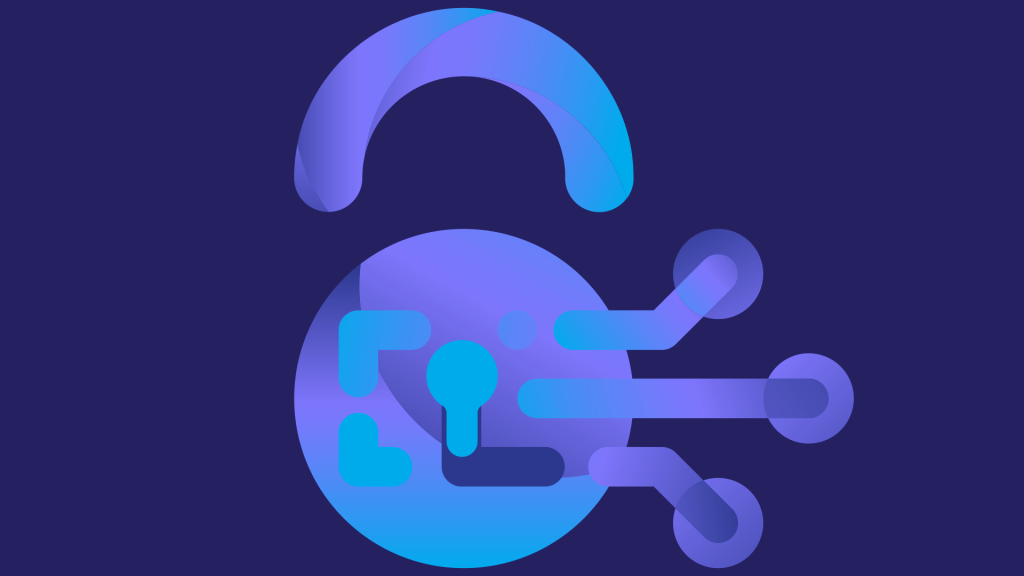Navigating Accountability: Lessons in Liability for Business Leaders
In the fast-paced world of business, accountability is not just a legal concept—it’s a cornerstone of effective leadership. Whether you’re managing operations, overseeing a team, or driving strategic decisions, understanding how liability works can prepare you to navigate risks and protect your organization.
Liability isn’t always straightforward. Like in Texas vehicle accidents, where determining fault requires evidence, attention to detail, and collaboration, business disputes often demand a careful evaluation of responsibility. For leaders, recognizing the different forms of liability and implementing preventive strategies can mean the difference between resolution and reputational damage.
Types of Liability: A Framework for Leadership Accountability
In Texas, vehicle accidents involve three primary types of liability. Similarly, in business, identifying the right category of responsibility is critical when disputes arise.
1. Negligence Liability: Individual Accountability
Negligence liability emphasizes the duty of care owed by one party to another—a concept directly transferable to leadership. In a business setting, leaders and employees owe one another professional standards of care:
- Duty of Care: Just as drivers must follow traffic laws, leaders must uphold ethical, legal, and operational standards.
- Breach of Duty: A breach, such as failing to communicate clear goals or enforce compliance, can lead to organizational issues or disputes.
For example, if a team member fails to follow safety protocols, it’s clear they breached their duty of care. However, when multiple departments contribute to a missed objective, determining responsibility becomes complex, requiring thorough analysis.
2. Commercial Entity Liability: Organizational Responsibility
When an accident involves a commercial vehicle, the company owning the asset often bears liability. For business leaders, this highlights the importance of safeguarding organizational assets and ensuring compliance at all levels.
Who qualifies as accountable in an organizational context?
- Public and private companies
- Nonprofits and NGOs
- Government entities
Just as companies are liable for vehicles bearing their name, organizations are accountable for employee actions during work hours, the use of company resources, and adherence to regulations. Effective policies, ongoing training, and oversight are vital to mitigate this type of liability.
3. Strict Liability: Accountability Without Fault
In rare cases, liability applies regardless of fault. In Texas, this concept is seen in strict liability cases, where the law assumes responsibility for damages without requiring proof of negligence.
For businesses, this translates to areas like product liability, compliance failures, or cybersecurity breaches. For example:
A data breach affecting customer information may place strict liability on the company, even if external hackers caused the breach.
A product defect may lead to compensation claims despite robust internal testing procedures.
Strict liability underscores the importance of proactive risk management. Leaders must implement preventive measures, from insurance coverage to quality control, to mitigate fallout from events outside their direct control.
Determining Liability: Evidence and Leadership Insight
As with Texas vehicle accidents, liability in business disputes often hinges on evidence. Leaders must foster transparency and data-driven decision-making to protect their organizations. Evidence can include:
- Internal audits and reports
- Employee performance records
- Contracts and agreements
- Surveillance or monitoring tools
- Customer and stakeholder feedback
When issues arise, collaboration between legal teams, internal experts, and external consultants ensures a fair and thorough resolution process. Proactive record-keeping and fostering a culture of accountability are critical to effective dispute management.
Comparative Negligence in Leadership: Shared Responsibility
In Texas, comparative negligence assigns percentages of fault when multiple parties contribute to an accident. Similarly, leadership often involves shared accountability across teams, departments, or even external partners.
Consider a product launch delayed by miscommunication between marketing and R&D. While each team may shoulder part of the blame, strong leaders focus on solutions rather than assigning fault. Clear processes, regular communication, and joint ownership of outcomes reduce the risk of repeated failures.
Appealing Decisions: When to Push Back
Leaders, like accident victims, may face unfair blame in disputes. While it’s essential to challenge inaccuracies, it’s equally important to weigh the costs of prolonged appeals. Factors to consider include:
- Reputational risks
- Resource allocation
- Potential gains versus prolonged conflict
In legal disputes, engaging legal experts and fostering honest internal discussions help decide when to pursue further action and when to accept a resolution.
Key Leadership Lessons from Liability
Liability plays a pivotal role in business decision-making. Leaders who proactively manage accountability and embrace transparency can turn potential setbacks into opportunities for growth.
Here’s how to apply these lessons to your organization:
- Establish clear expectations: Define roles, responsibilities, and duties of care across your team.
- Foster a culture of accountability: Encourage openness and responsibility for actions at all levels.
- Invest in risk mitigation: Use audits, training, and legal reviews to minimize vulnerabilities.
- Embrace proactive leadership: Take charge of disputes early and ensure fair resolutions.
By understanding and addressing liability in your business, you protect your organization and reinforce your role as a responsible and proactive leader. Whether dealing with internal challenges or external risks, a clear framework for accountability ensures smoother operations and a stronger reputation.








